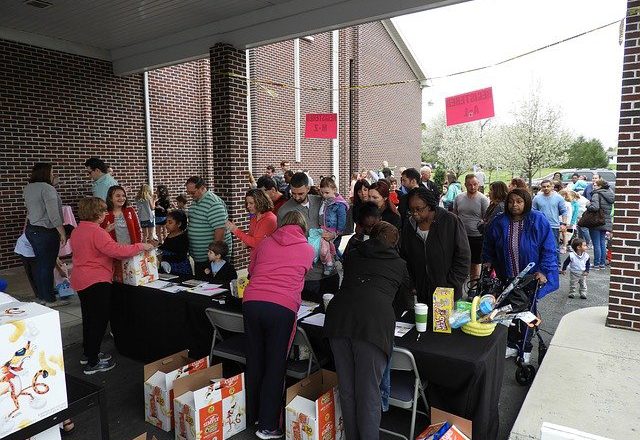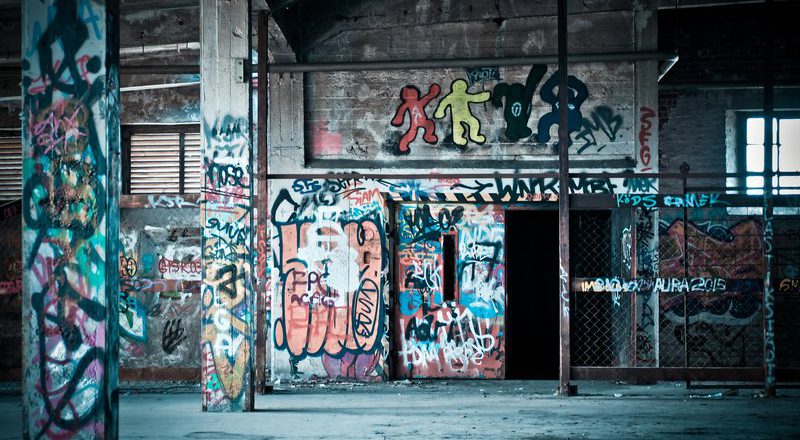To Help Combat The Urban Heat Island Effect Satellites Zoom In On Cities’ Hottest Neighborhoods
Spend time in a city in summer and you can feel the urban heat rising from the pavement and radiating from buildings. Cities are generally hotter than surrounding rural areas, but even within cities, some residential neighborhoods get dangerously warmer than others just a few miles away.
Within these “micro-urban heat islands,” communities can experience heat wave conditions well before officials declare a heat emergency.
I use Earth-observing satellites and population data to map these hot spots, often on projects with NASA. Satellites like the Landsat program have become crucial for pinpointing urban risks so cities can prepare for and respond to extreme heat, a top weather-related killer.
Among the many things we’ve been able to track with increasingly detailed satellite data is that...


